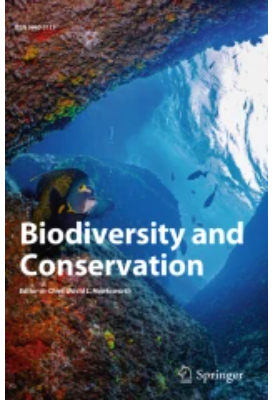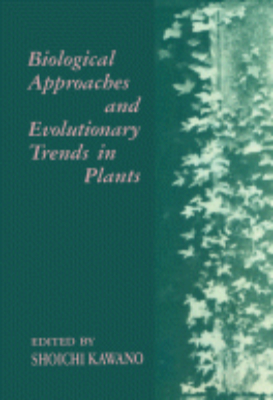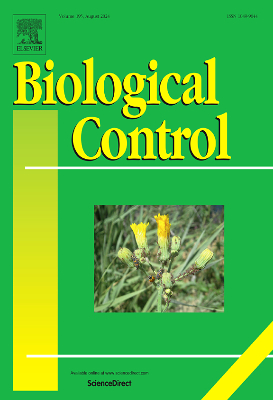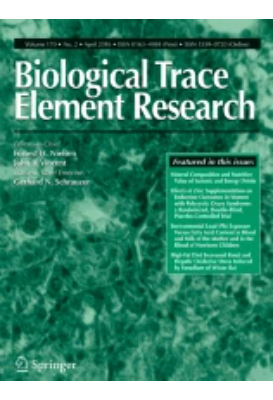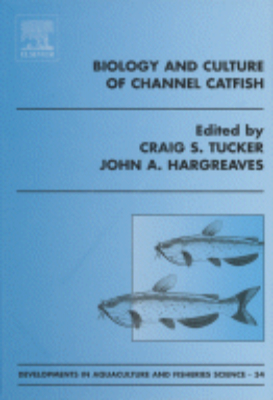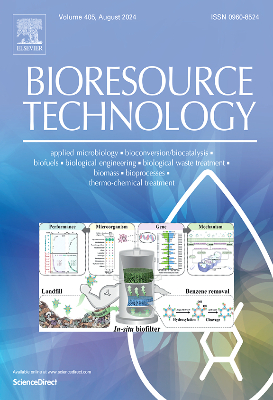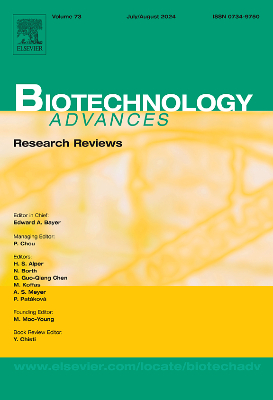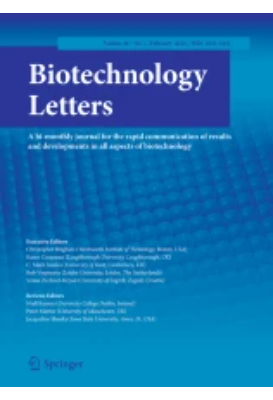Agricultural Science
Biofortified Varieties: Sustainable Way to Alleviate Malnutrition Third Edition
Nutrition plays central role in growth and development of healthy mind and body. We are
committed to providing a better and sustainable future for all the citizens through nutrition
and food security. Our aim is to ensure healthy lives and promote well-being of people of all ages
through nutritious food. It has been estimated that alleviating malnutrition is one of the most
cost-effective measures, with every $1 invested in proven nutrition programme offering benefits
worth $16.
ICAR has developed 87 biofortified cultivars in 16 crops that can be integrated into the food
chain to enable better health of human and animal populations. Of these, 48 cultivars are multinutrient-dense in nature with two or more traits combined in a single genotype. Dedication
of biofortified crop cultivars on October 16, 2020 (World Food Day) and September 28, 2021,
respectively by the Hon?ble Prime Minister to the nation is a testimony to the commitment
of the country and of the Indian Council of Agricultural Research (ICAR) towards fulfilling
country?s food and nutrition security. This bulletin entitled, ?Biofortified Varieties: Sustainable
Way to Alleviate Malnutrition? highlights the yield potential along with respective nutritional
characteristics of the varieties for propagation and use in the country. I do hope that the
information contained in this bulletin will be of immense use towards building a malnutrition
free India.
Biological Approaches and Evolutionary Trends in Plants
Biological Approaches and Evolutionary Trends in Plants is a collection of papers presented at the Fourth International Symposium of Plant Biosystematics held on July 10-14, 1989 in Kyoto, Japan. Contributors, some are world's leading plant biologists, discuss the findings in evolutionary biology and issues in plant biosystematics in light of the evidence and ideas brought forward at various levels of biological organization, from molecule to cell, individual, population, species, and community levels. This volume is organized into four sections encompassing 22 chapters and begins with an overview of discoveries concerning parapatric differentiation of weed populations, including adaptive evolution in herbicide resistant biotypes and complex evolutionary patterns in weed-crop complexes of various groups. The next section explores molecular approaches in plant biosystematics, focusing on amino acid sequencing of proteins; restriction-site variations of cpDNA, mitDNA, rDNA, etc.; and chromosome-banding patterns revealed by differential staining. The discussion shifts to a wave of research in plant population biology and evolutionary ecology since the 1970s and its impact on biology and biosystematics. The book considers various aspects of reproductive biology and evolutionary changes in significant reproductive parameters and attempts to demographically quantify these parameters. The final chapter is devoted to the use of functional phylogenetic systematics for predictive ecology. This book will be of interest to plant biologists and scientists and researchers in fields such as biochemistry, botany, microbiology, ecology, and evolutionary biology.
Biology and Evolution of the Mexican Cavefish
"Biology and Evolution of the Mexican Cavefish features contributions by leading researchers in a comprehensive, unique work that examines a number of distinct areas of biologyevolution, development, ecology, and behaviorusing the Mexican cavefish as a powerful model system to further understanding of basic biological processes such as eye degeneration, hearing, craniofacial development, sleep, and metabolic function. These fish are currently being used to better understand a number of issues related to human health, including age-related blindness, sleep, obesity, mood-related disorders, and aging. The recent sequencing of the cavefish genome broadens the interest of this system to groups working with diverse biological systems, and has helped researchers identify genes that regulate sleep, eye degeneration, and metabolic function. Mexican cavefish are particularly powerful for the study of biological processes because these fish evolved independently in twenty-nine caves in the Sierra de el Abra Region of Northeast Mexico. These fish have dramatic adaptations to the cave environment, and this can be used to identify genes involved in disease-related traits. This scholarly text will be of interest to researchers and students throughout diverse areas of biology and ecology. It includes photographs of animals and behavior in laboratory and natural settings that will also increase interest and accessibility to non-experts.. Key Features. Includes a mixture of images and illustrations such as the geographical distribution of cave pools and the developmental biology of the nervous system. Features a companion site with geographical maps. Fills a notable gap in the literature on a topic of broad interest to the scientific community. Presents the recent sequencing of the cavefish genome as a groundbreaking development for researchers working with diverse biological systems"
Biology of the Nitrogen Cycle
"All organisms require nitrogen to live and grow. The movement of nitrogen between the atmosphere, biosphere, and geosphere in different forms is described by the nitrogen cycle. This book is an activity of the COST 856 Action on Denitrification. It covers all aspects of the N-cycle: chemistry, biology (enzymology, molecular biology), physics, applied aspects (greenhouse effect, N-pollution problems, practices in farming, in waste-water treatment, and more). In this book, leading editors offer the latest research available on dentrification (reduction of nitrates or nitrites commonly by bacteria- as in soil). Key Features. Provides details on denitrification and its general role in the environment. Offers latest research in N-Cycle and its reactions. Discusses impacts on various environments: agriculture, wetlands, plants, waste-water treatment and more. The only book available in the field since the last 20 years. Contains 27 chapters written by internationally highly recognized experts in the field. Covers all modern aspects, emphasizes molecular biology and ecology. Written in an easily understandable way"
Biotechnological Innovations in Animal Productivity
Biotechnological Innovations in Animal Productivity examines the application of biotechnology to animal production. The book focuses on the use of contemporary biotechnology procedures on the different facets of animal production such as the reproductive capabilities of animals, their growth rates, and the ability of the farmer and veterinary services to prevent and cure infection. The text contains chapters that discuss topics on the manipulation of reproductive processes, endocrine regulation of the oestrous cycle, in vitro embryo production and manipulation, vaccines, and the production of transgenic (livestock) animals. Biotechnologists, biologists, and livestock producers will find the book very insightful.
Biotechnology in Plant Science
Biotechnology in Plant Science: Relevance to Agriculture in the Eighties reflects the exchange of ideas among the participants in a symposium held at Cornell University in 1985. This reference highlights advances in and applications of biotechnology. Applications include plant breeding and agricultural business. This book is comprised of research articles emphasizing available technologies including tissue culture and plant transformation. Papers included in this reference also cover topics on genes for transformation and plant molecular biology and agrichemicals. As this reference focuses more on tissue culture, it specifically explains plant regeneration and genetic events. The book discusses the roles of various institutions and sectors in advancing biotechnology and related fields. It also provides two panel discussions on the implications of the technological advances in conjunction with the issues about these innovations. Researchers, lecturers, and students in biotechnology and agriculture will find this anthology an excellent reference for further studies and research in biotechnology and its applications to agriculture.

